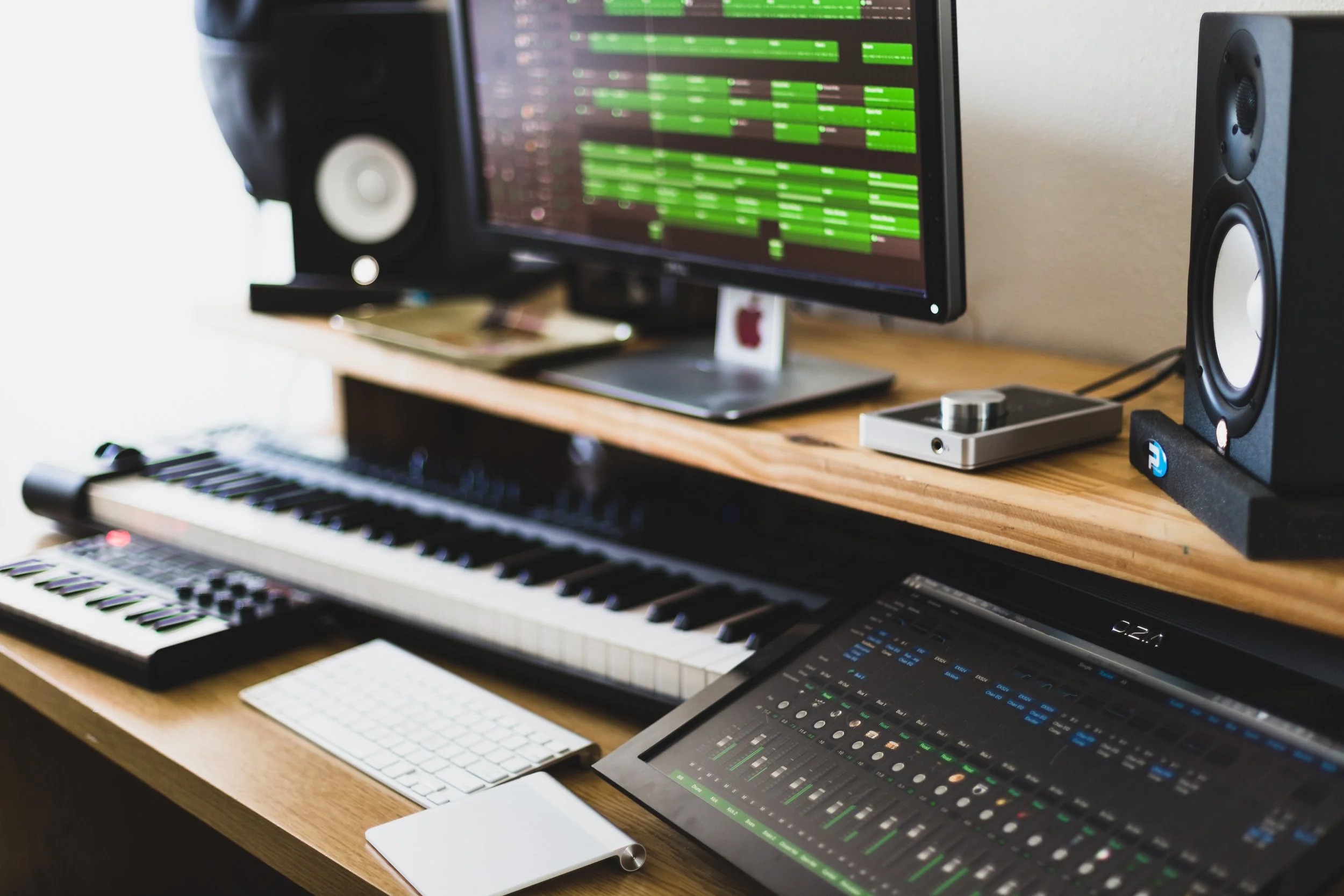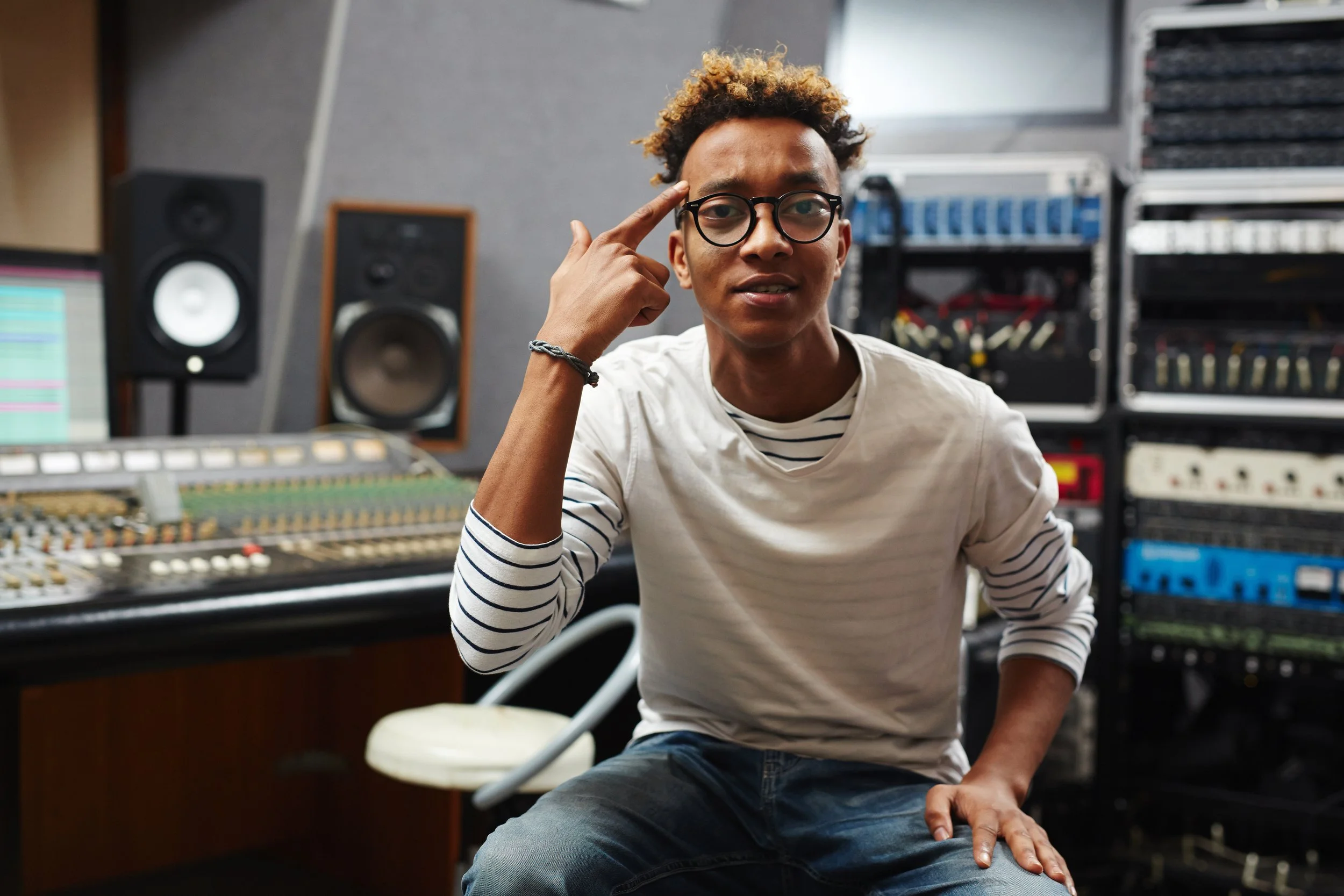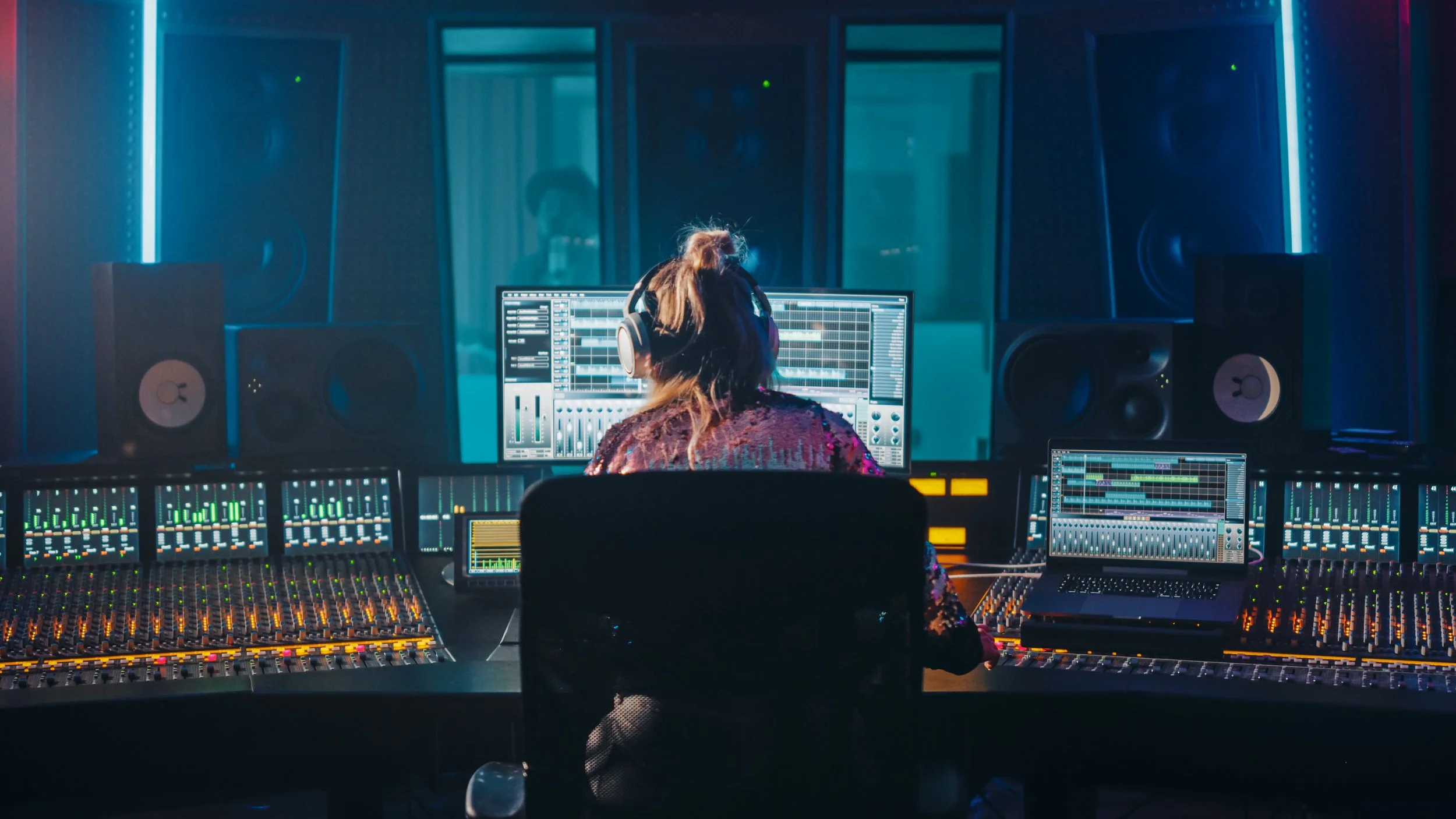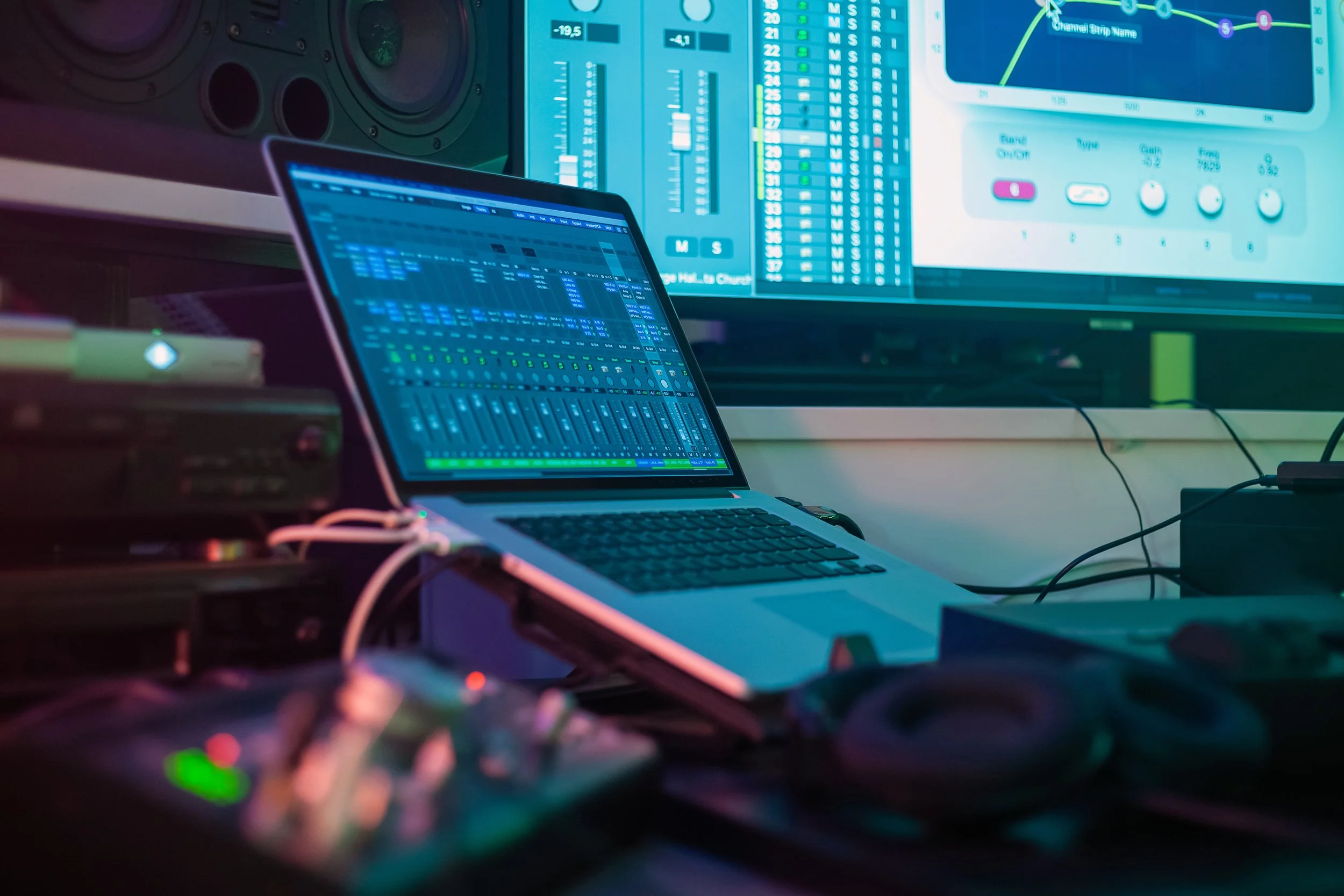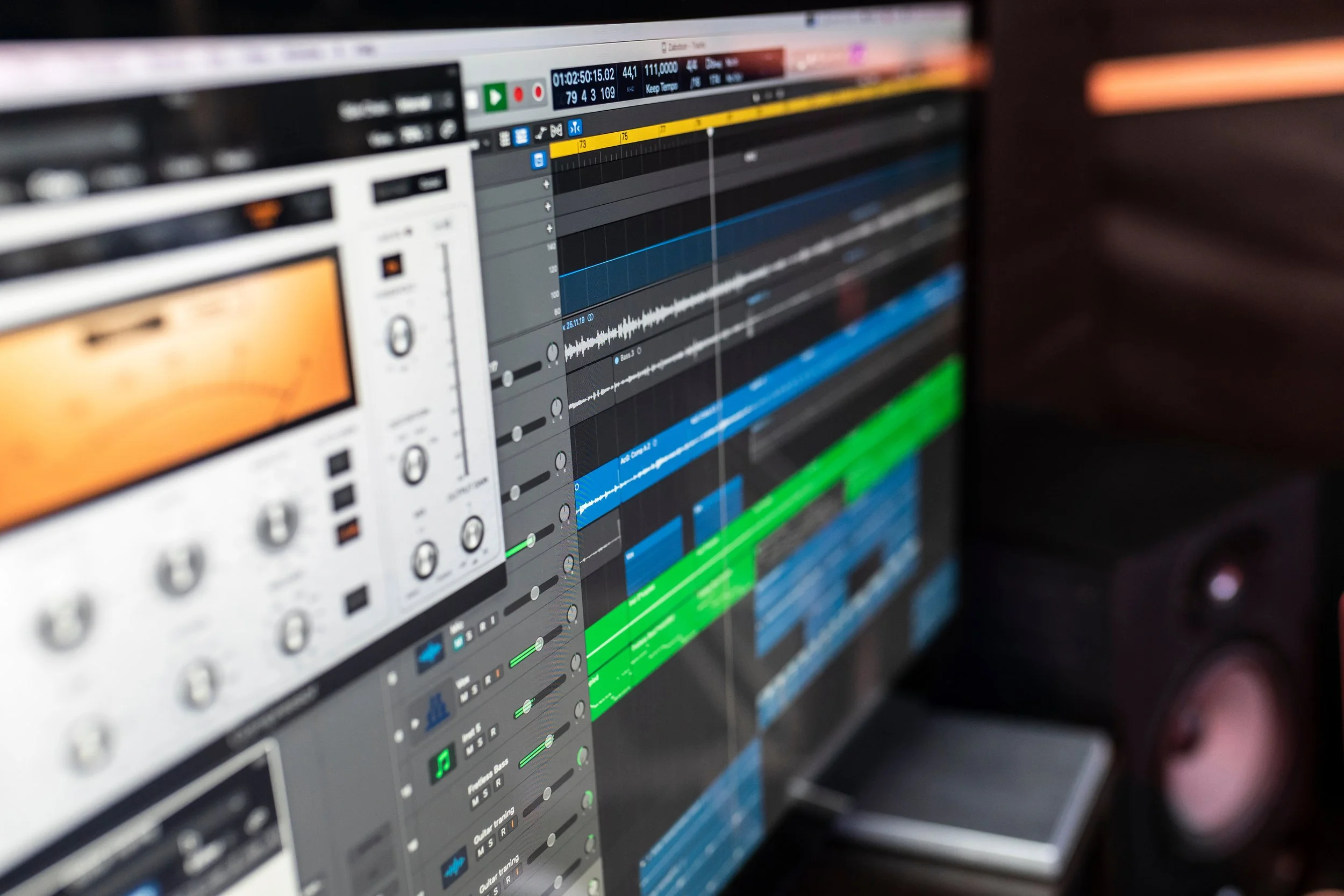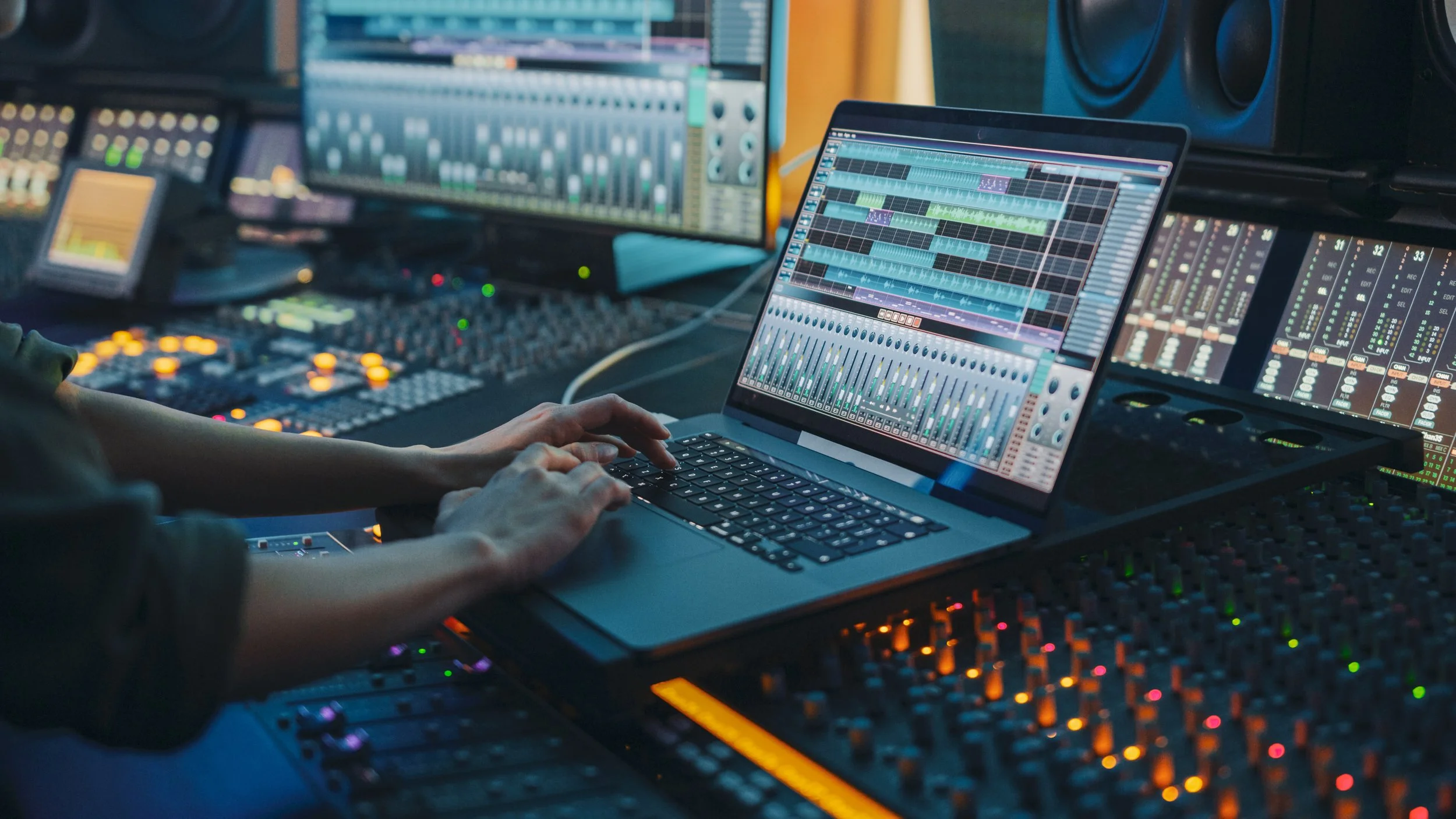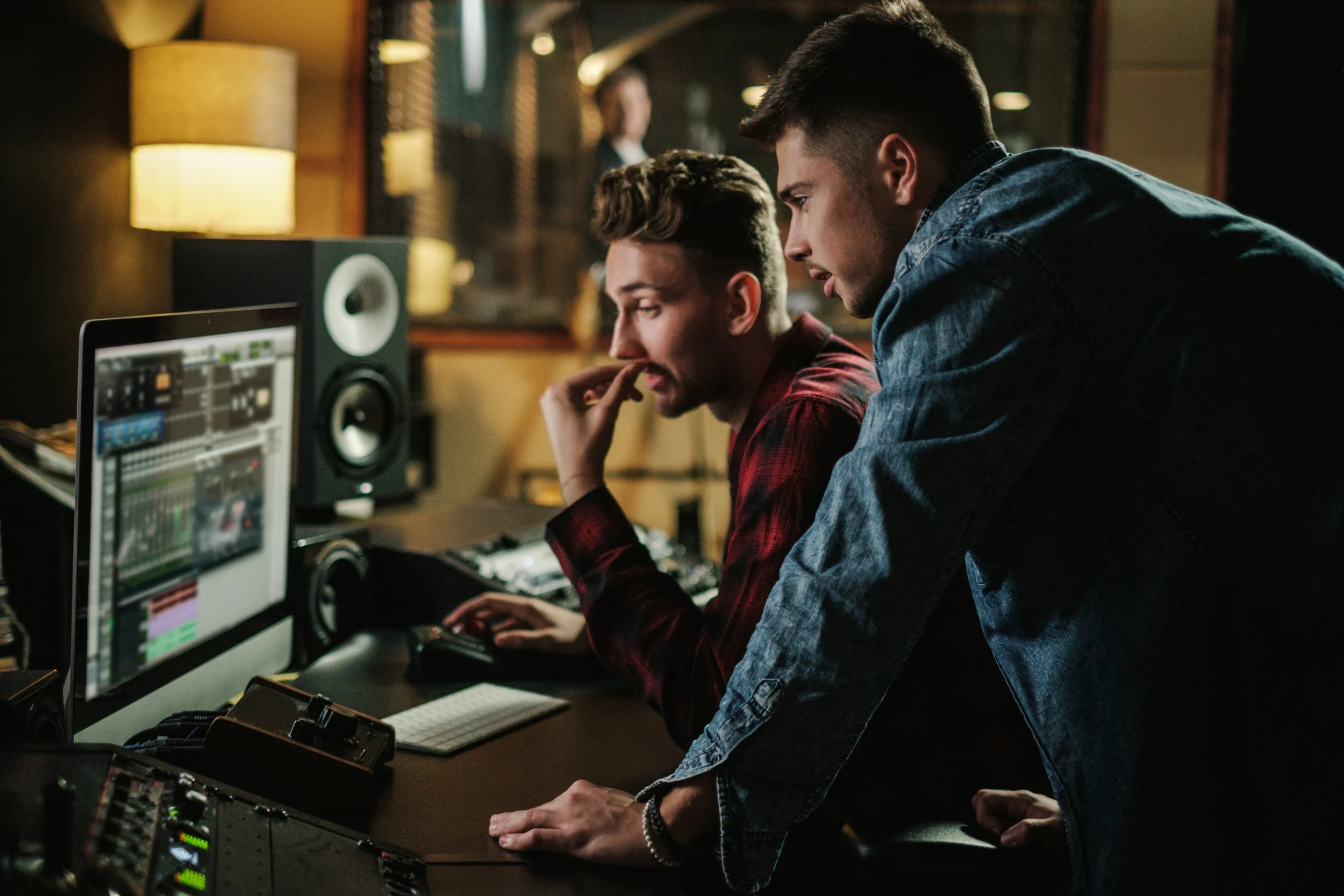How to master a track in any DAW
If you checked out our guide to prepping before mastering your track, then you'll already have your reference tracks, metering plugins and headroom ready to go. If not, check out the guide here. Now let’s go through the actual mastering process.
You may not need all the plugins & techniques we're about to go through, or you may need more, as it will depend on each track, which you will have to judge for yourself.
EQ
When comparing your track to your reference track, how does your mix sound? If it's brighter you can give a little boost in the high-middle frequency region. If it sounds more muddy, you can give a little cut in the low-middle frequency region. If it needs a little more air, try creating a high frequency shelf and raising those high frequencies slightly. Be sure to keep any changes subtle - we suggest no more than 1.5db, and you can also widen your Q to make it more subtle.
Compression
Using the right compressor settings can really make or break your mix. Don't be afraid to try out the presets and see if one of them gets you closer to your reference tracks, then adjust from there. If you’re unfamiliar with compression, a quick search on YouTube will explain how this works.
Saturation
A good saturation setting can bring the warmth and fullness of a commercial track. If you don't feel like your track needs this, feel free to skip this.
Limiter
There is no singular standard for how loud a track should be, and it's up to you if you want a louder song or a more dynamic one, however, to compete at a commercial level, around -10db is a sweet spot. You can use your loudness meter, which you would have prepared if following our previous guide, alongside your limiter. With your limiter you can set your ceiling, which we recommend to be around -.5db, then keep an eye on the loudness meter, lowering the threshold on your limiter until the loudness meter is averaging around the level you want.
Spotify levels out songs to all be around the same level, so differences in loudness won't have much of an effect when uploading there.
Check your metering plugins
Check your stereo analyzer to make sure your mix is filing the left and right sides the way you want it to. Metering plugins should be used to verify what you're hearing, but you shouldn't be relying on visuals only - make sure you're mastering with your ears and not your eyes.
Final Tips
Take a break - give your ears a rest, and come back to the track later to make sure it still sounds good.
Use different speakers & headphones - listen to your master on at least 5 different speakers and/or headphones, and make notes on how it sounds so you can come back later and make any adjustments needed.

